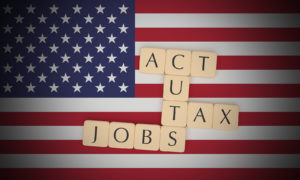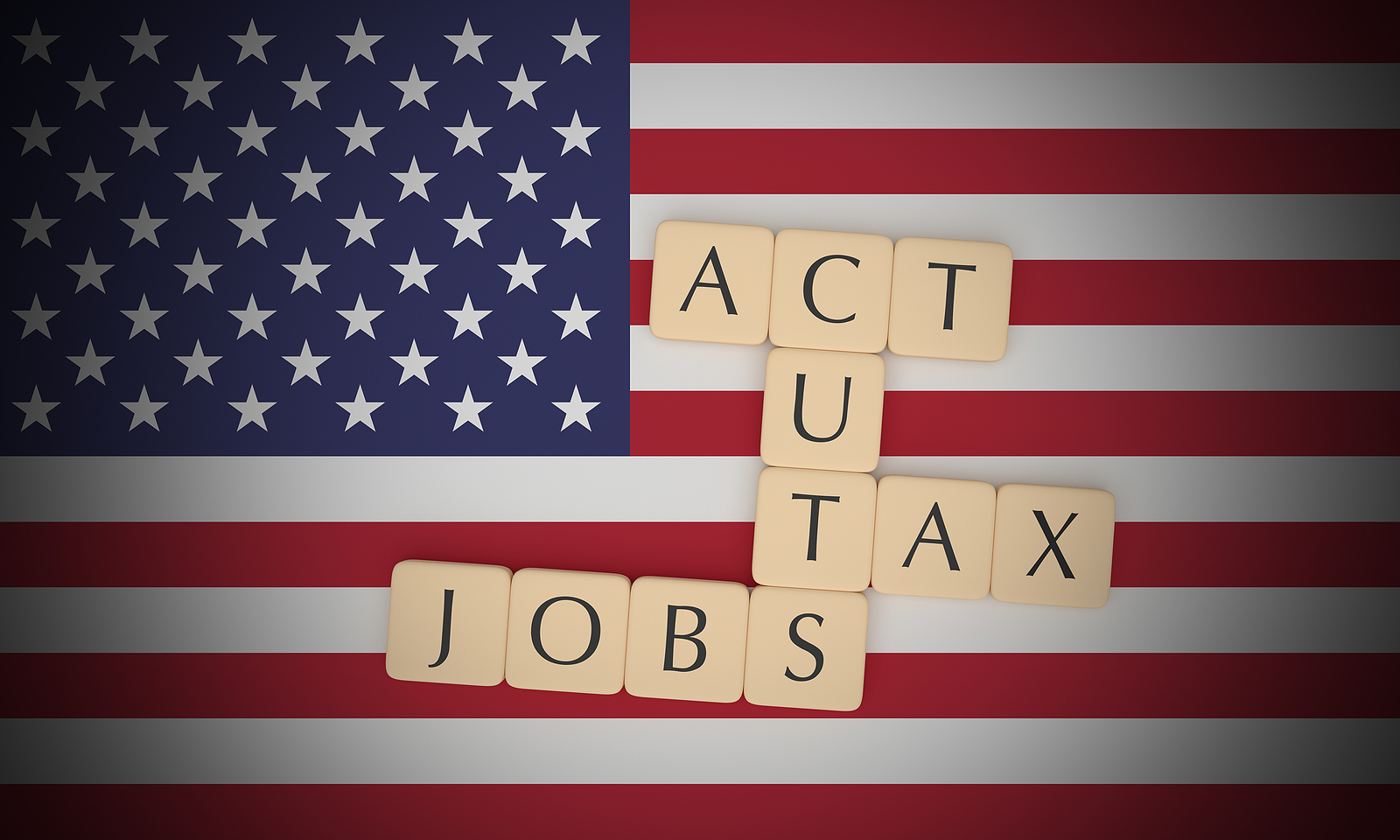
The threshold under the prior law was $5 million!
This is a significant change and represents a huge window for some organizations. Businesses that have previously had to select accrual accounting now have the opportunity to select the cash method.
So what can you do for your clients?
First, evaluate which clients qualify. Run a database report for all your business clients, filtering for businesses with gross receipts over $5 million (the previous threshold for small businesses). You’re looking for organizations between $5M and $25M in annual gross receipts over the past three years. You’ll have a list of clients that can NOW be defined as small businesses.
Next, identify a) the method of accounting previously used, and b) what will be advantageous moving forward. For many businesses experiencing an increase in gross receipts, switching from accrual accounting to a cash basis will lead to a decrease in income in the year they make the change.
If a switch to cash accounting goes the other way, then of course your client is likely better not making the switch. But many clients will find new deductions by switching from an accrual to a cash method of accounting.
But identifying the benefits of switching accounting methods is only half the battle. The next question is, simply: when? Do you want to make the change this year? Or hold off?
Keep in mind that every dollar of deduction is not worth the same amount. A deduction is only worth the extent of your client’s effective tax rate. If your client has had a rough 2020 due to COVID and income is lower (lay-offs, business closings, revenue is down, etc.) then making the switch this year might not make sense. If your client owns a restaurant that is finally open after a six-month hiatus, it will probably make sense to wait a year and maximize deductions when the client’s tax rate is higher.
(Remember, we are talking about annualized returns, so may have to do some calculations to make sure you are comparing full-year results.)
But be careful about overanalyzing the when. For example, if your client has a 32% tax rate in 2020 and a projected 2021 tax rate of 35%, does it make sense to wait? Probably not. Keep the “unknown” in mind. There’s no guarantee that income will be higher in 2021. Additionally, given that tax estimates are due quarterly, your client won’t have to wait until the end of the year to reap the benefits.
Want to learn more proactive tax savings strategies to help your clients? Become a Certified Tax Planner through the American Institute of Certified Tax Planners.





